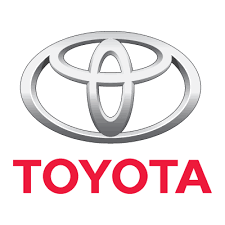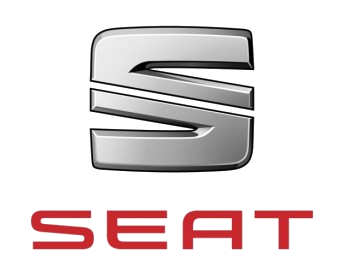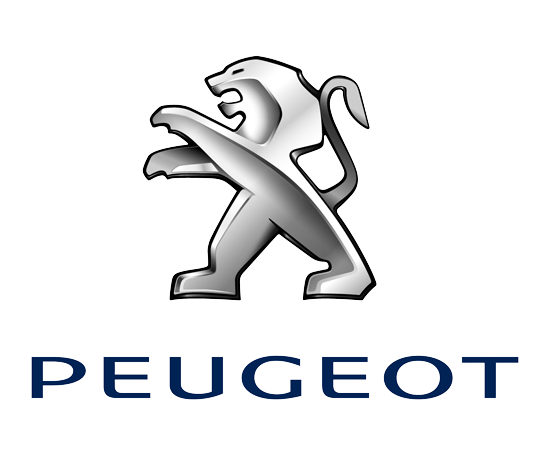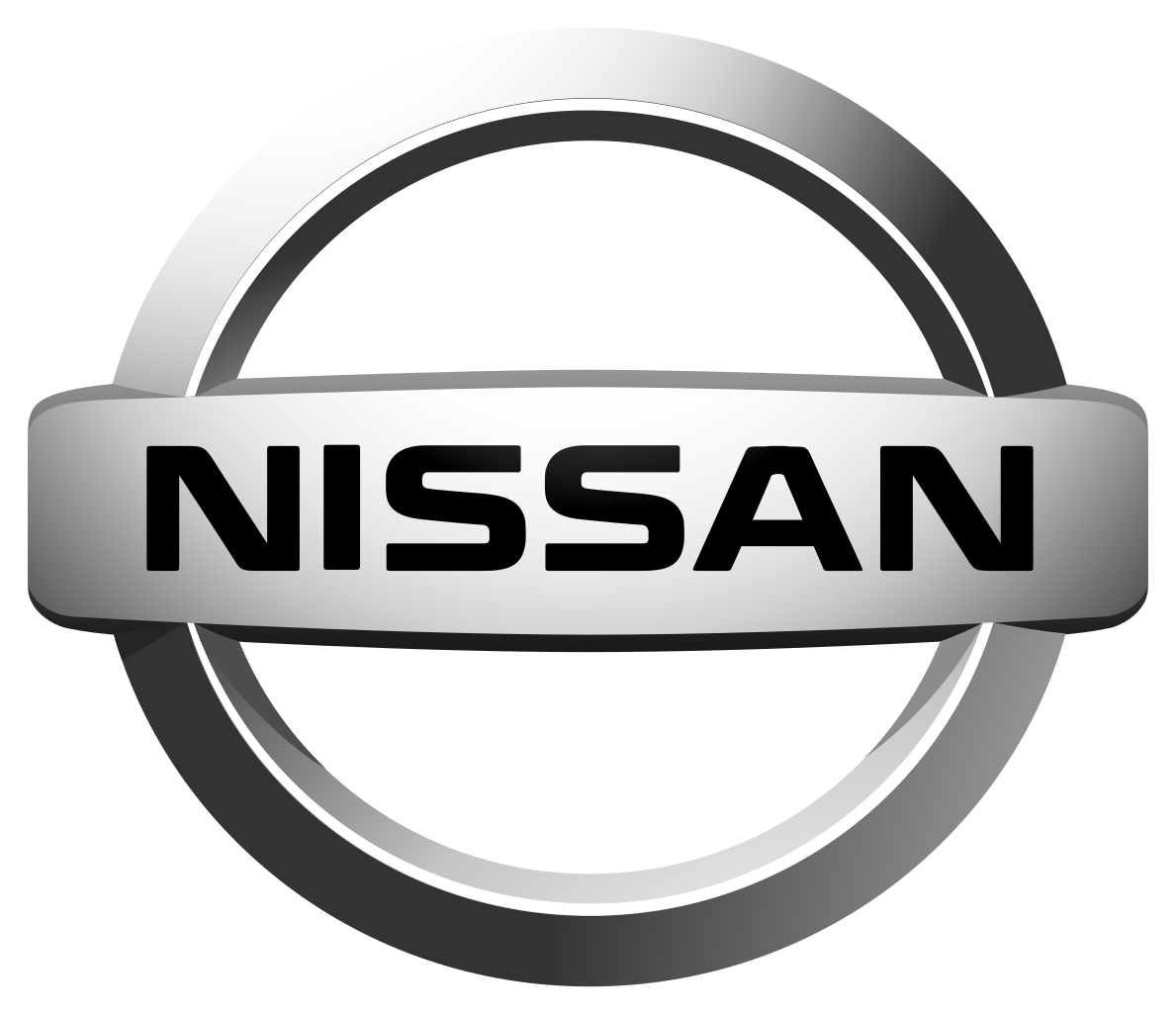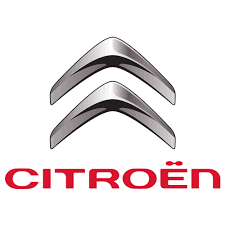-
Ultimate Guide to Mines Hack – Tips, Tricks, and Strategies for Success
-
Mastering Resource Management in Mines
-
Optimizing Resource Allocation for Maximum Output
-
Assessment of Resource Value
-
Implementing Technological Solutions
-
Flexible Workforce Management
-
Inventory Management Optimization
-
Regular Performance Evaluation
-
Cross-Functional Collaboration
-
Identifying High-Yield Mines: Signs to Look For
-
Advanced Tactics for Mine Exploration
-
Creating an Efficient Exploration Route: Step-by-Step
Ultimate Guide to Mines Hack – Tips, Tricks, and Strategies for Success
In the realm of digital landscapes, few challenges require as much cunning and strategy as navigating the intricacies of resource extraction. As players delve deep into the virtual world, mines stake understanding the nuances and mechanics becomes paramount for advancing efficiently and outsmarting competitors. This exploration goes beyond mere gameplay, diving into the heart of what drives success in high-stakes environments.
Preparing for the adventure demands a clear comprehension of the terrain and resources at hand. Each choice made, from initial investments to strategic alliances, can tilt the scales in favor of a savvy participant. By dissecting critical decisions and analyzing patterns within the game, players can identify optimal pathways to prosperity. Emphasis on resource management alongside strategic planning can lead to exponential growth and competitive advantage.
Moreover, tapping into the community dynamics plays an essential role in enhancing one’s experience. Networking with seasoned players offers invaluable insights, facilitates knowledge exchange, and fosters collaborative opportunities that can propel novices to new heights. The importance of adapting one’s approach based on ongoing developments cannot be overstated; staying informed will ensure that players remain at the forefront of innovation and strategy.
Mastering Resource Management in Mines
Efficient allocation of resources is critical to thriving in an underground excavation environment. Understanding how to gather and utilize specific materials can significantly enhance your productivity and overall performance. Begin by prioritizing the extraction of high-value resources. Identify which materials yield the best returns on investment and focus your efforts there first.
Establish a balanced mining strategy that incorporates both immediate gains and long-term benefits. This entails keeping an eye on the depletion rates of resources. Monitor your inventory closely and ensure that you do not exhaust valuable deposits too quickly, which may leave you vulnerable later in the game.
Utilize advanced analytical tools to assess the quality and quantity of resources before commencing extraction. By mapping out deposits and predicting their longevity, you can make informed decisions about when and where to dig. Regularly revisit your analysis to adapt to changing conditions.
Implementing sustainable practices is imperative. Replenish essential resources by utilizing reclamation techniques where applicable. For example, if you have frosty surfaces, leverage heat to extract trapped materials without causing lasting damage to your environment.
Invest in technology that augments your resource management capabilities. Automated systems can monitor inventory levels, allowing you to focus on extraction and minimizing time spent on manual tracking. Ensure that the systems are calibrated to give real-time updates to avoid wasteful over-extraction.
Collaborate with other players when possible. Forming alliances can lead to shared resources, improving efficiency and opening new possibilities for exploration. Coordinated efforts often yield outcomes that single operators cannot achieve alone.
Lastly, remain adaptable. The landscape of resource management can shift rapidly due to market demands or changes in game mechanics. Stay informed about trends and adjust your tactics accordingly to maintain an edge over competitors.
Optimizing Resource Allocation for Maximum Output
Efficient resource distribution is critical for enhancing productivity in any mining operation. Organizations must analyze various factors to achieve the highest return on investment. Below are focused methodologies and protocols to fine-tune resource allocation.
Assessment of Resource Value
Evaluate the worth of each resource, including manpower, machinery, and materials. Use the following metrics to guide your assessment:
| Manpower | Output per Worker | 10 tons/day |
| Machinery | Efficiency Rating | 85% uptime |
| Materials | Cost-Benefit Ratio | 1.5:1 yield |
Implementing Technological Solutions
Integrate advanced software tools for real-time data analysis. Systems that provide predictive analytics can assist in optimizing equipment usage and labor assignments, ensuring that the most valuable resources are utilized effectively.
Flexible Workforce Management
Adopt a dynamic workforce strategy. By analyzing peak production times and aligning personnel availability with operational demands, businesses can prevent resource idling. Consider the following framework:
| Peak Hours | Full Staffing | Maximize output and efficiency |
| Off-Peak Hours | Reduced Staffing | Cross-train employees for flexibility |
Inventory Management Optimization
Streamline inventory controls to prevent overstocking and stockouts. Use just-in-time (JIT) delivery models to reduce storage costs and maintain production flow. Analyze consumption patterns regularly to adjust procurement strategies.
Regular Performance Evaluation
Conduct routine audits of operational performance. Metrics such as throughput, downtime analysis, and recovery rates provide insights into resource efficiency. Implement continuous improvement programs based on findings from these evaluations.
Cross-Functional Collaboration
Facilitate communication among different departments, from procurement to production. Cross-functional teams can identify synergies that enhance resource utilization, resulting in a cohesive approach to output optimization.
By focusing on these targeted approaches, mining enterprises can enhance their resource allocation processes, leading to maximized productivity and profitability.
Identifying High-Yield Mines: Signs to Look For
When searching for lucrative extraction sites, observing specific indicators is crucial. One of the primary signs is the presence of geological formations. Look for areas with exposed rock layers or unusual mineral deposits; these can hint at rich resources beneath the surface.
Another important factor is the history of mineral production in the vicinity. Research past operations and any available data on yield rates. Regions with a successful track record of productivity often harbor additional opportunities.
Soil and vegetation analysis can provide insights as well. Areas with vegetation that thrives on nutrient-rich soils might indicate the presence of valuable minerals. Unusual plant growth, such as vibrant colors or accelerated growth patterns, may suggest a high mineral content in the earth.
Pay attention to water samples from nearby streams or rivers. Elevated levels of certain metals in water can be a strong indicator of mineral deposits upstream. Regular sampling can help detect subtle changes that imply rich veins are nearby.
Utilizing modern technology also enhances detection precision. Geophysical methods, like seismic surveys and magnetic readings, can reveal hidden structures in the earth. These tools allow for a non-invasive approach, saving both time and resources.
Finally, consider engaging in community forums or local mining groups. Networking with experienced individuals can yield valuable anecdotes about potential sites, shedding light on overlooked prospects.
Advanced Tactics for Mine Exploration
Effective exploration demands a comprehensive understanding of the terrain and geological features. Begin with thorough research on the area, including historical data regarding previous excavations and mineral discoveries. Utilize resources like geological surveys and local reports to identify promising locations.
Equip yourself with high-quality tools designed for precision. A reliable metal detector can significantly enhance your ability to locate valuable materials buried beneath layers of soil and rock. Consider investing in an advanced model with adjustable sensitivity settings to optimize performance in various environments.
Employ mapping software to chart out potential sites. This technology helps visualize underground formations and creates a strategic plan for your exploration. Incorporating 3D modeling can reveal patterns that may not be obvious on conventional maps, allowing for smarter decision-making.
Collaboration with local experts or geologists can provide insight into the nuances of specific regions. Their experience can help you navigate complex terrains and identify areas with high mineral concentrations. Networking within the local community may uncover hidden gems of knowledge about the landscape.
Implement systematic sampling techniques during your excursions. Take multiple samples from different depths and locations to gain a better understanding of material distribution. This approach minimizes the risk of missing valuable deposits and enhances overall accuracy in assessing potential yields.
Monitor environmental conditions closely. Weather can dramatically impact ground stability and accessibility. Plan your trips according to forecasts, avoiding extreme conditions that could hinder your progress or pose safety risks. Adapting to seasonal changes can also reveal hidden opportunities not visible at other times of the year.
Documentation is vital throughout the process. Keep detailed logs of your findings, including coordinates, geological structures, and material types. This archive will serve as a reference for future expeditions and can assist in pattern recognition over time.
Experiment with different excavation techniques tailored to specific conditions. Whether employing hand tools or machinery, understanding the best methods for your environment can greatly enhance efficiency and output. Be adaptable, adjusting your approach based on real-time observations during exploration.
Always prioritize safety. Equip yourself with appropriate gear such as helmets, gloves, and sturdy footwear to mitigate risks. Establish a safety protocol with clear communication plans, particularly in remote areas. Understanding your surroundings allows for a more secure exploration experience.
Creating an Efficient Exploration Route: Step-by-Step
Planning a well-organized path for exploration significantly enhances your chances of uncovering resources. Follow these concise steps to optimize your route:
- Assess Your Objectives
Determine what you aim to achieve during your exploration. Identify the specific resources or areas of interest to focus your efforts effectively.
- Gather Essential Tools
Equip yourself with necessary gear including mapping tools, mining equipment, and provisions. Ensure you have adequate supplies to sustain your exploration journey.
- Study the Terrain
Analyze the landscape using topographical maps or reliable sources. Identify natural formations that could indicate the presence of valuable materials.
- Plan Your Route
Use the information collected to create an efficient navigation plan. Consider the following:
- Start and end points: Choose locations that are easily accessible.
- Stopping points: Mark potential sites for resource extraction along the way.
- Obstacles: Identify any natural or artificial barriers to navigate around.
- Prioritize Key Areas
Focus on the most promising zones based on your research. Allocate more time to hotspots to maximize yield.
- Implement a Systematic Approach
Divide your exploration into sections or grids. Tackle one segment at a time to ensure thorough coverage.
- Document Findings
Keep a detailed record of locations, resource quantities, and any noteworthy observations. This data will be invaluable for future excursions.
- Evaluate and Adjust
After initial exploration, review results and refine your route as needed. Adapt to findings and feedback to enhance future endeavors.
By following this structured approach, you will enhance your exploration efficiency, leading to more fruitful discoveries and reduced time spent searching.



